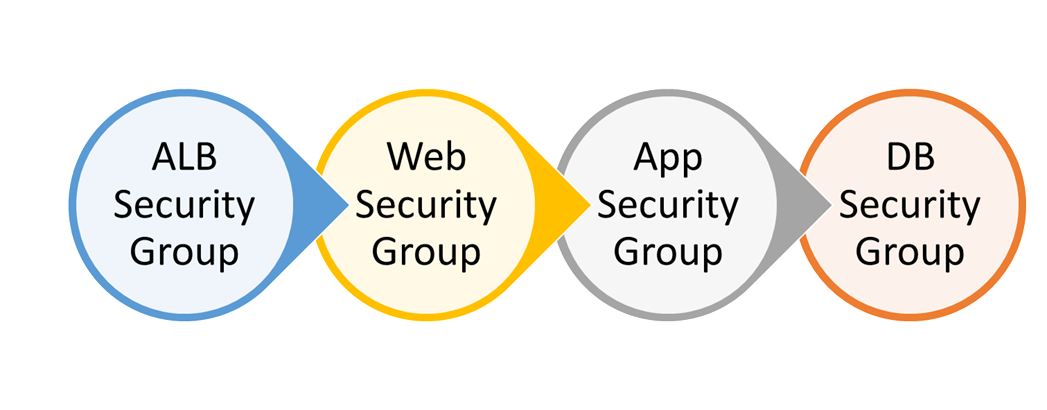Best Practices & Strategies with Cloud
Domain Driven Design in Vector Databases
Domain-Driven Design (DDD)—a principle born in software engineering but incredibly relevant for AI systems grounded in real-world business knowledge. At its core, DDD is about aligning your software (or in this case, your data and AI infrastructure) with the bounded contexts of your business.
Industrial Evolution – Helping Engineers to Slash Break-Down Maintenance Time with Gen AI
Expert level understanding and huge experience in interpreting the problem in machines is required to troubleshoot and fix machines. By leveraging cutting edge Generative AI and IoT technologies which help in understanding root cause and fix problems, break-down maintenance time can be slashed from days to few hours.
Understanding Industrial Protocols in the Perspective of IoT and Cloud
To understand the nature of data and its flow, we need to understand the protocols involved at different levels of data flow, like Modbus, Profibus, EtherCAT, DNP3, OPC, MQTT, etc.
The Response from Generative AI depends on Our Intelligence more than the Intelligence within It
It is easy to type a question and get a response from the Generative AI, however it is important to get the right answer as per the context, because Large Language Models (LLMs) of Generative AI are designed to predict only the next word and they can hallucinate if they don’t get the context right or if they don’t have the required information with-in them.
Applying Mechanical Sympathy with Built-In Algorithms of Amazon SageMaker
It is important to note that there is no one-size-fits-all solution when it comes to selecting a machine learning algorithm. The best algorithm for your problem will depend on a variety of factors, including the size and structure of your dataset, the complexity of the problem, and the trade-offs between accuracy, training time, and ease of use. Choosing a wrong algorithm can easily get you into cost over-runs and low performance of the models.
Best Practices in Implementing Security Groups for Web Application on AWS
Its easy to assign source as large VPC wide CIDR range (ex: 10.0.0.0/16) in Security Groups for private instances and avoid painful debugging of data flow however we are opening our systems to a plethora of security vulnerabilities. In this Post we will discuss best practice in implementing security groups






